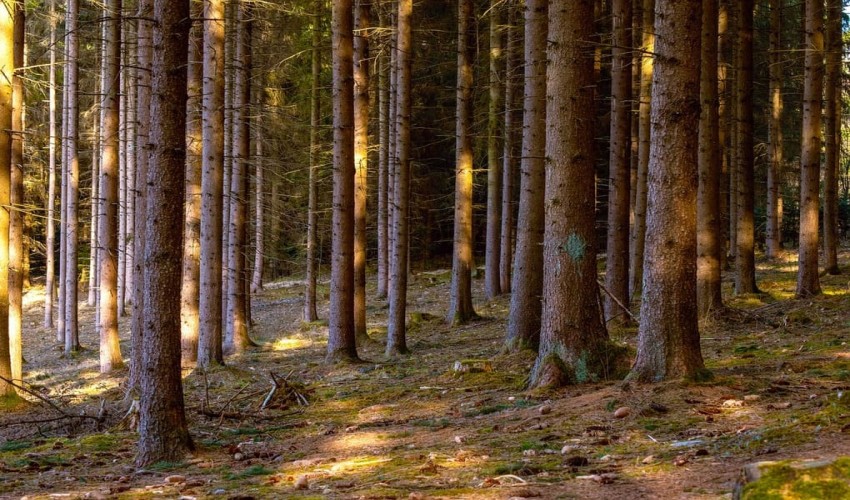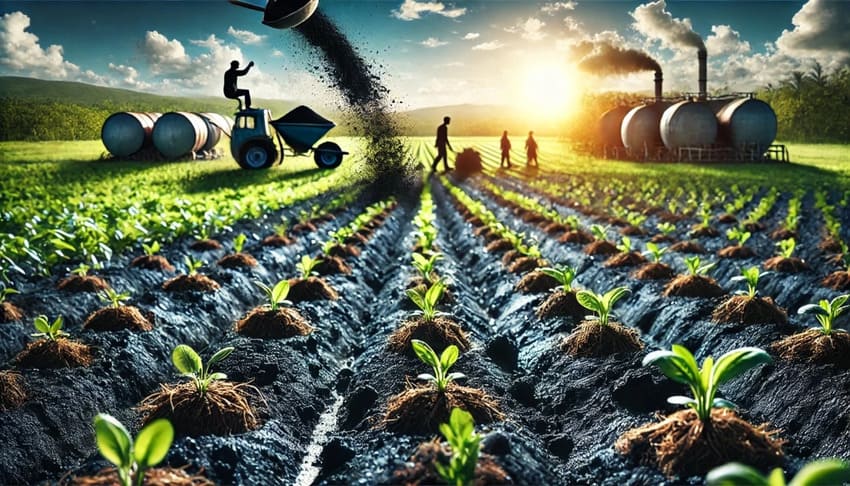Agriculture Science
7
The mysteries of drought resistance in trees are revealed via ultrasound.
- Rating
- trees
- forests
- spruces
- conifers
- spruce
- moisture
- forest
- tree
- ecophysiologist
- rainfall
Some trees are able to recover from drought while others perish, and this difference may be explained by studying the tissues of live trees. However, it is difficult to evaluate these tissues in old growth woods. 90-year-old trees, after all, can't exactly hop on a plane to the lab for a CT scan. As a result, researchers often examine the effects of drought on plants in the laboratory, using either younger trees or by extracting cores from older trees.
Ecophysiologist Barbara Beikircher and her colleagues at Austria's University of Innsbruck came up with a novel strategy: they took their experiments to the trees.
The crew installed tough, water-resistant ultrasonic sensors in groves of old spruce and beech trees in the Kranzberg Forest near Munich. During the summer, several of the stands had roofs installed to keep out the rain.
Beeches (Fagus sylvatica) were found to be more drought-resistant than spruces (Picea abies) after five years of monitoring, the group reported in the December issue of Plant Biology. This distinction was clarified by investigating the underlying processes.
More ultrasound signals were generated by drought-stressed trees compared to those that had been subjected to summer rainfall. The air bubbles, known as embolisms, were located deep inside the tree vasculature and were responsible for reflecting the feeble acoustic waves. As water evaporates from the pores in the leaves, it travels up the tree's trunk due to surface tension (SN: 9/6/22). However, this upward force may cause embolisms that block veins if there is not enough water in the soil. Spruce trees showed much higher levels of pinging than beech trees, indicating that the former were more prone to embolisms.
This is despite the fact that beeches, at least above ground, seem to be less frugal with their water management. By sealing the pores on their leaves, trees protect themselves against embolisms, but this defense comes at a cost. By doing so, you shut off the trees' access to the carbon dioxide they require to carry out photosynthesis and produce the sugars and carbohydrates they need for survival. When water is scarce, trees must decide "between starving and dying of thirst," as Beikircher puts it.
Despite keeping their pores open for a longer period of time than the conifers, beeches had fewer embolisms than the spruce. Beikircher speculates that this is due to beeches' larger water storage capacity and deeper, wetter root systems. After researchers ended the drought, they repeated the studies, and the results strongly suggested that was the case.
The experiment concluded with the earth being soaked. In most respects, the trees made a full recovery; photosynthetic rates in the once-dry trees caught up to those in the control groups and embolisms filled with water.
However, Beikircher found that the spruces' water stores were still reduced when he tested the trees' resistance to an electrical current, which is an indicator of moisture levels deep inside trunks. These trees needed more than just one wet season to recover. How long it could take for spruces to recover after a severe drought is unknown.
As climate change causes droughts to become more frequent and harsh (SN: 3/10/22) species that can resist drought conditions and recover more rapidly may become more abundant in future forests. This implies that when the temperature warms, the kind of trees that make up the world's temperate forests may shift, perhaps having unanticipated effects on the other organisms that call these habitats home.
To see whether drought-sensitive species, like the spruce, can thrive in a more diversified forest, Beikircher proposes to conduct experiments. She suggests that planting deep-rooted beeches between spruces might boost soil moisture by wicking water up to the spruce roots.
CITATIONS
T. Knüver et al. Recovery after long-term summer drought: Hydraulic measurements reveal legacy effects in trunks of Picea abies but not in Fagus sylvatica. Plant Biology. Vol. 24, December 2022, p. 1240. doi: 10.1111/plb.13444.
Leave a Reply
Your email address will not be published. Required fields are marked *


